Why Is My House So Dusty? Where Does Dust Come From?
Do you have a never-ending battle with excessive dust in your home? Although you may not be able to stop all dust from entering or being generated in the house there are ways that dust can be managed and reduced.What Is Dust?
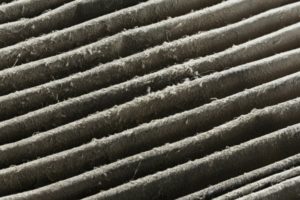 Dust is a fine particulate matter made up of dirt, organic material, pollen, human and animal skin cells, lint, textile fibers, mold spores, cigarette smoke and really anything that can break down.
Dust is a fine particulate matter made up of dirt, organic material, pollen, human and animal skin cells, lint, textile fibers, mold spores, cigarette smoke and really anything that can break down. Other than being a pain to clean up, dust can be an issue if you have respiratory problems or allergies. Dust can also create problems for mechanical items in the house that use air to provided cooling or provide exhaust.
For example, your refrigerator has a condenser cooling fan and condenser that can be clogged with dust making the fridge and the central AC unit less efficient.
How To Reduce Dust In The House?
Any fabric or porous material in the house can hold dust; this includes bedding, curtains, carpet, and furniture. Often when cleaning, the dust is resuspended in the air and ends up in a different location.
Using a high-end vacuum cleaner with HEPA ( High-efficiency particulate air ) filtration is a start to help minimize this problem.
True Hepa filters remove 99.97 particulate matter down to a size of .03 micron in size. Hepa is an overused term with air filters and is often used as a generic term for any filter that is considered highly efficient.
Making sure your windows and doors have tight seals/gaskets is huge for keeping dust out and for the overall energy efficiency of your house. Your central air conditioning system can be a problem as far as adding dust to the home, but it can also be the best solution for controlling the dust if setup correctly.Problems With Air Conditioning System & A Dusty House
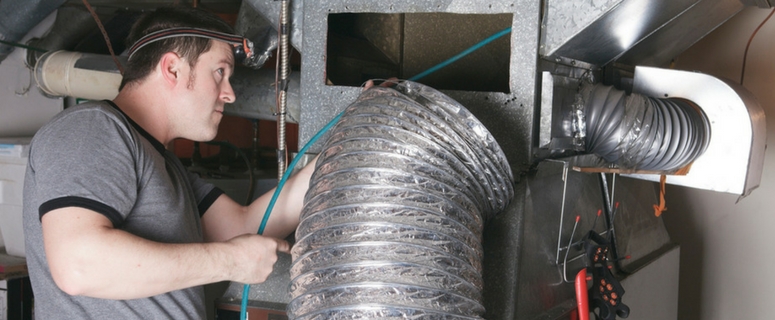
Dust-related issues with the AC system begin with poorly sealed ductwork. Return plenums and ductwork ( pulls air into the AC from the house ) that are poorly sealed or damaged can pull in attic insulation, hot air, or any suspended particulate matter and distribute it throughout the entire home.
When the AC system turns on it's like having a giant vacuum cleaner that sucks dust and debris in and redeposits in the house. Depending on where the ductwork is leaking, the return airflow never passes through the air filter.
Damaged ductwork on the supply air side of the air conditioning system can have the same effect. Do you see dirt/dust on the ceiling around the air conditioning supply grills/vents?
This can be from poorly sealed ductwork, but commonly it is from dust being pulled in from the living space. If the supply grill is removed you will see a metal boot that the ductwork is attached to above the ceiling line.
If there is a gap between the metal edge of the boot and the ceiling, seal it with caulking. Replace the supply grill and seal the edge of the grill with caulk that matches the ceiling color. This should stop the dirt streaking and dust build up.
How Can An Air Conditioning System Reduce Dust In Your Home?
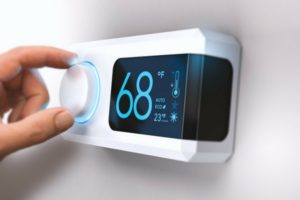 If the air conditioner ductwork is sealed correctly, your central AC system can be the ultimate solution for controlling/ removing dust in your house.
If the air conditioner ductwork is sealed correctly, your central AC system can be the ultimate solution for controlling/ removing dust in your house.
Your home air conditioning system circulates about 400 cfm of air per ton of air conditioning. So for example, if you have a 3-ton AC unit ( 3 x 400cfm ) that's 1200 cubic feet per minute of air being circulated throughout the house.
Combine this with proper air filtration and you're on the way to a much cleaner and dust-free home.
Type of Air Filter Makes A Huge Difference
Hopefully, everyone is changing or at least checking the air filter every month. Not only does this remove dust but it helps keep the efficiency of the air conditioning system at its peak.
Air filters are rated for how efficiently they remove dust and particulate matter. This is known as the MERV RATING ( Minimum efficiency reporting value ). The higher the MERV rating, the more efficient the air filter.
Types Of Air Conditioning Air Filters
- Hog Hair - These are made from natural organic fibers and are convenient because they can be cut to size and reused, but as an air filter they are horrible. We call them rock catchers because that is the only thing they can catch. If you have Hog Hair filters we recommend that you replace with a more efficient filter.
- Blue Spun Fiberglass Filter - These are better than Hogs Hair, but not by much. These have a MERV rating between 1 to 4.
- Disposable Polyester Filters Or Pleated Paper - these are typically white and have an accordion appearance. These filters are a little more expensive and do a better job than filters listed above. Their MERV rating is usually between 5 to 8. For most homeowners with a 1-inch filter, this is the best type of filter for the cost-benefit ratio.

Higher MERV value filters are more restrictive and reduce airflow across the evaporator coil. When this happens the AC system is immediately less efficient, will operate longer and use more energy.
Best Air Filters To Control Dust
- 4 to
Subscribe to Air Zero's Blog




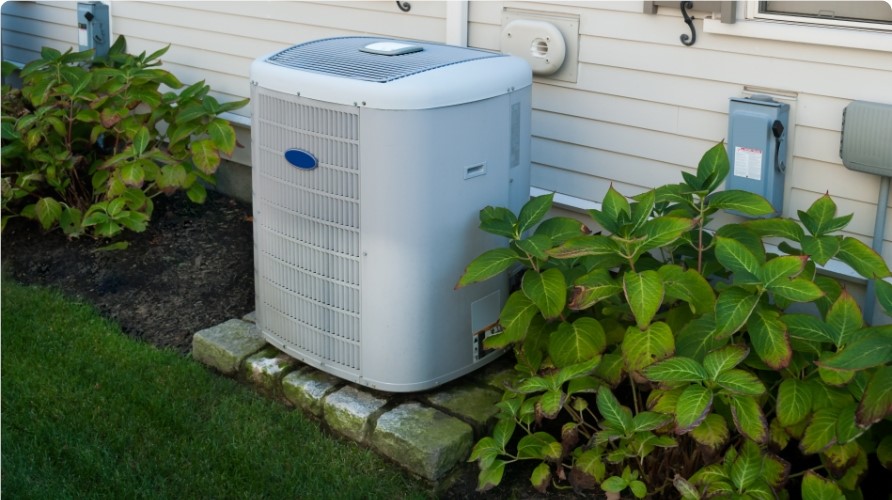

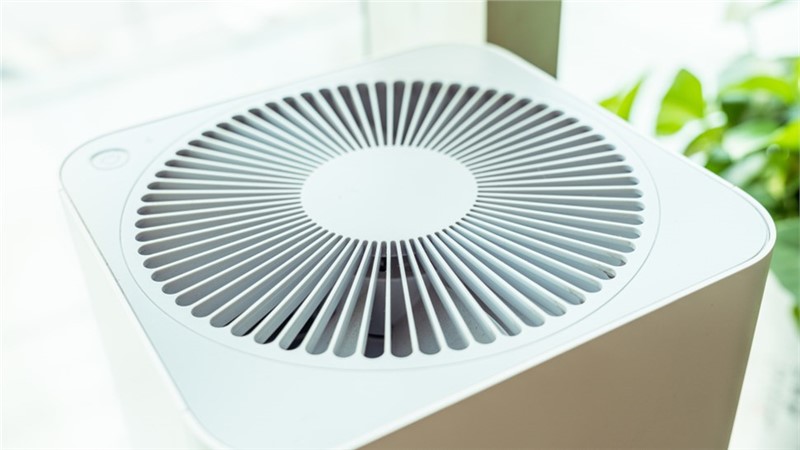
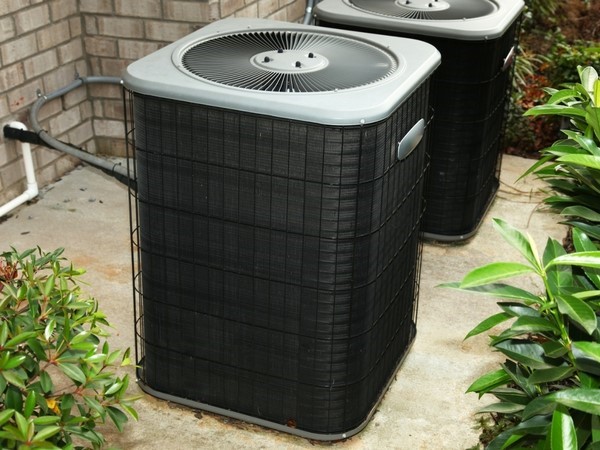


Comments